Kitchen Islands: Styles to Consider for Your Home
Kitchen Islands: Styles to Consider for Your Home
Considering a kitchen remodel? How about designing a kitchen island into your space? Over the past two decades, islands have steadily risen in popularity, not only for smart storage solutions, but added prep work, cooking, eating, seating and entertainment.
As a focal point for the kitchen, it is important to select an island that not only blends aesthetically with the rest of your space but also meets your practical needs. With so many styles and options to choose from, selecting an island can be a bit confusing to say the least. In fact, you may discover that an island won’t work in your kitchen at all.
To make the decision process a little easier, we have highlighted some of the more sought after island styles you might consider:
Basic Built-In
The basic built-in kitchen island is your standard workhorse. A cook can never have enough workspace, and this island offers that in spades, limited only by the size of your kitchen. A basic built-in kitchen island is also a great option if you are looking to maximize your kitchen storage space.
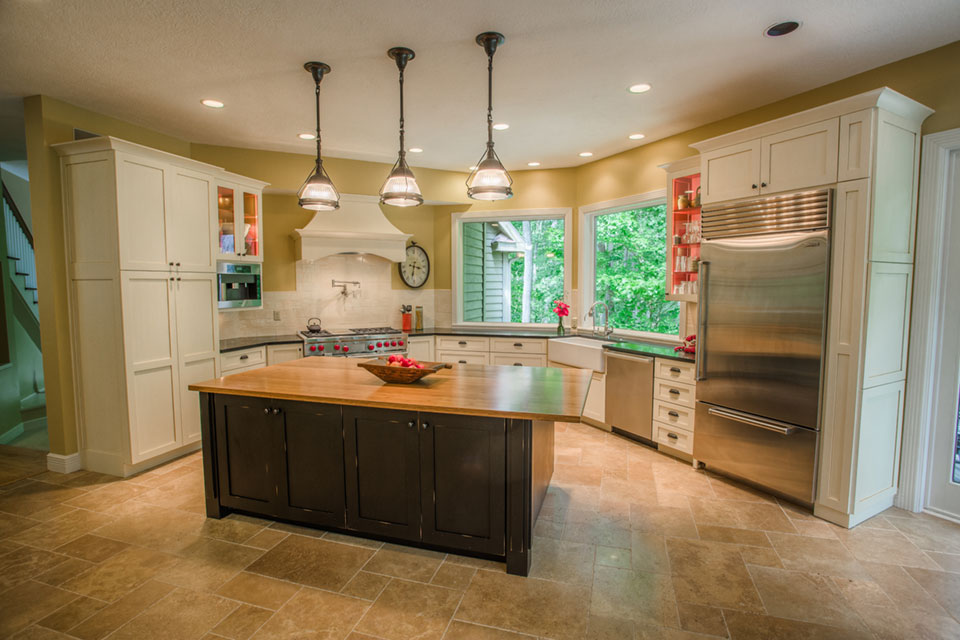
Island for Dining
Seating is a premium in many kitchens. Homeowners often seek ways to add additional seating for large groups or entertaining. Installing an island that has plenty of room for seating solves two problems—1) extra counter space and 2) additional seating.
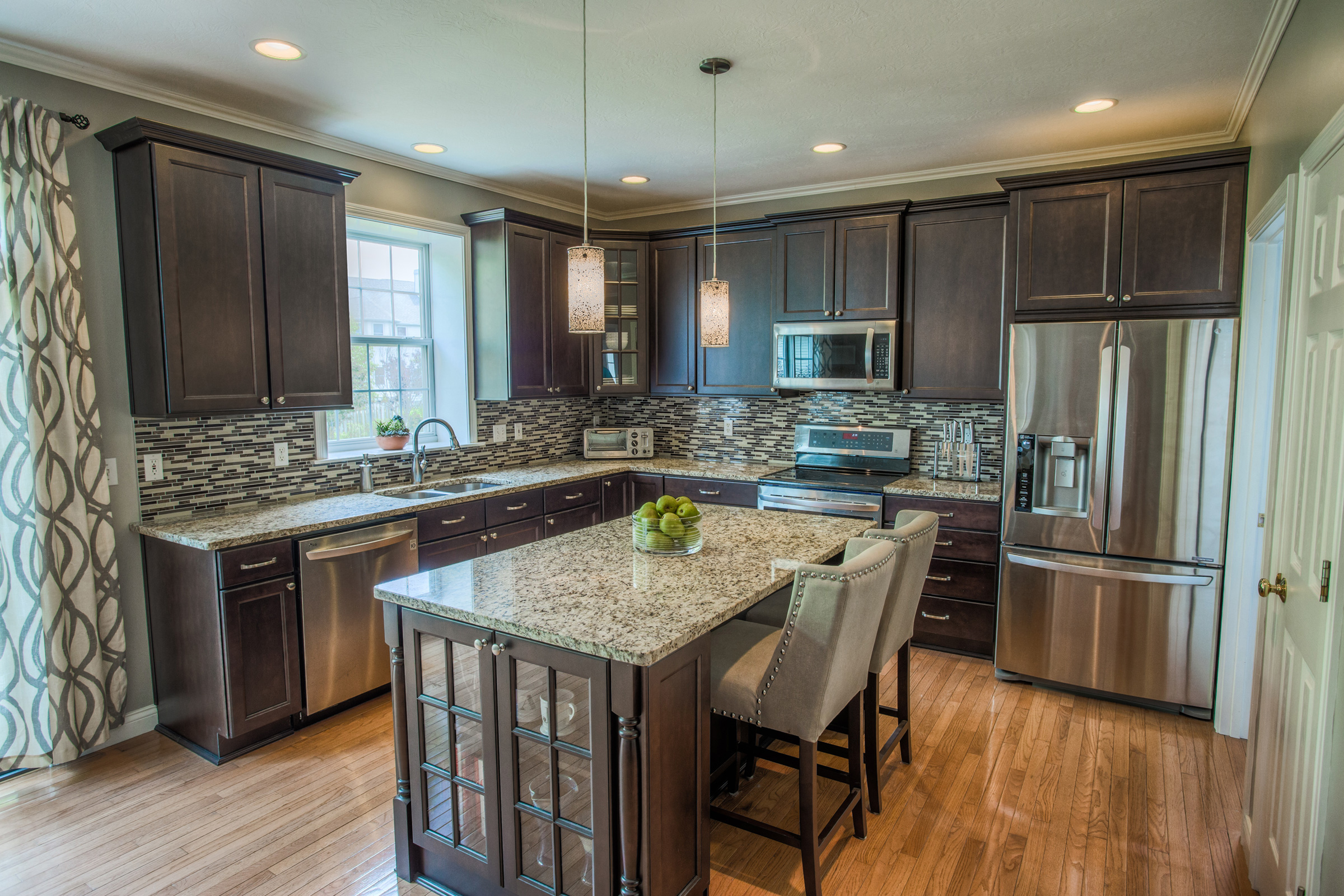
Clean-Up Island
Another great choice is to use the island as a clean-up area by locating the sink and dishwasher in the island. Scraping dishes and loading the dishwasher becomes less of a chore when strategically placed next to each other. Plus, you’ll have extra prep and storage areas for your kitchen as well.
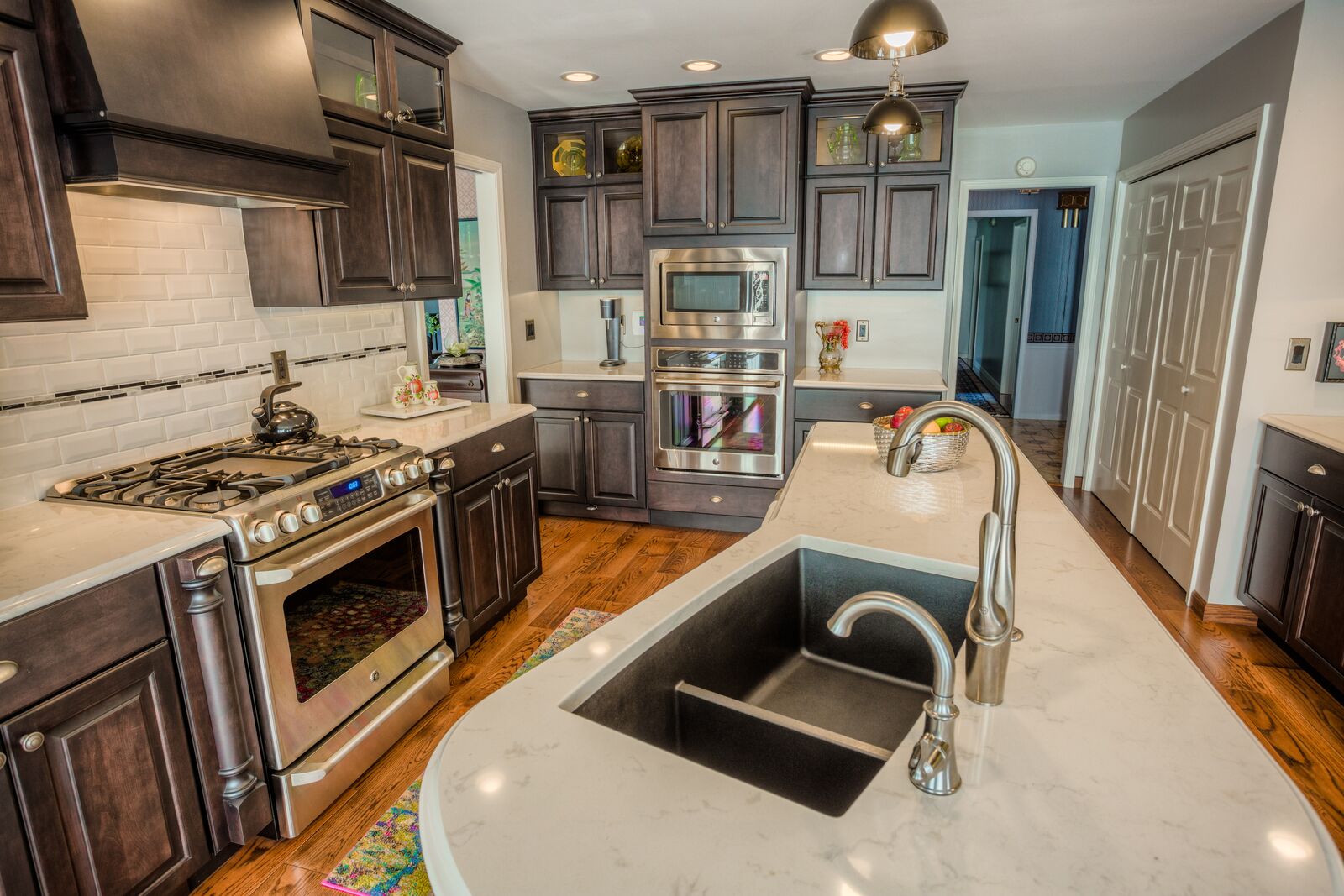
Two-Tier Island
If you like to entertain, more often than not, your guests are hanging out in the kitchen while you’re prepping your meal. A two-tier island not only adds dimension and visual interest to your kitchen, it also hides the messy work of cooking from people in the adjacent living area when one of the levels is a raised dining bar (as shown below).
Optionally, a two-tier island can be designed so that the working side is set lower for prep work and the dining side is set higher to accommodate bar stools and seating. This also gives the host breathing room to prep and cook, which is separate from guests that can visit and enjoy their food and drink.
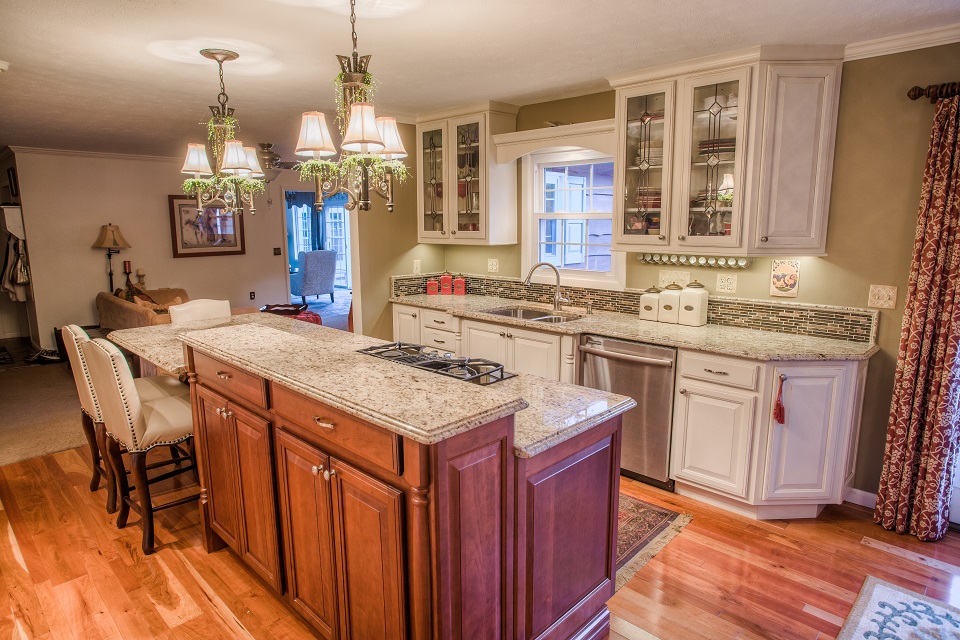
Cooking Center Island
Depending on the layout of your kitchen, you may decide to designate the island as a cooking center, by including feature appliances like a stove top, a lower oven, microwave, warming drawer or beverage refrigerator. This style requires the island to be outfitted with power and water and may cost a little more. The advantage, however, is that it leaves plenty of remaining counter space for other amenities like a designated baking station, second sink or wet bar for entertaining.
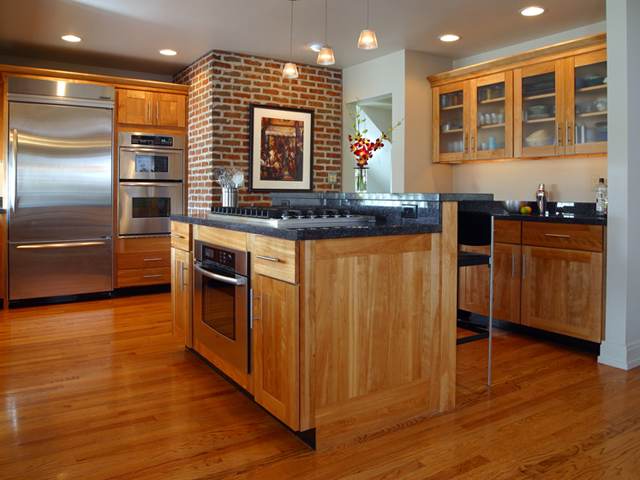
Courtesy of MainStreet Design Build
Furniture Style Island/Island on Wheels
If your kitchen has a small footprint, a furniture style island is an excellent choice. It’s basically a table with a flat work space and some open or closed storage depending on the style of the piece. Since this island is not built-in, it’s portable and gives you the freedom to move or remove the island as your needs change.
Another smart choice for a smaller kitchen is a portable island on wheels. These little workhorses can be pushed around with ease, offering additional work space when cooking or acting as the beverage station for entertainment purposes. Then, when it’s not needed, it can be pushed into a corner and out of the way.
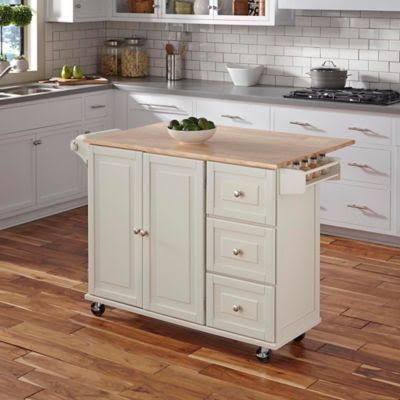
Courtesy of Mahoney Architects & Interiors
Nix the Island
You may also discover, given the layout of your kitchen, that an island may not work for your space. When designing a kitchen, it’s important to consider the traffic flow and ensure there is enough room to maneuver between all key activity zones in the kitchen. In some cases, adding an island will impede this flow and should be left out of your remodeling design plan altogether.
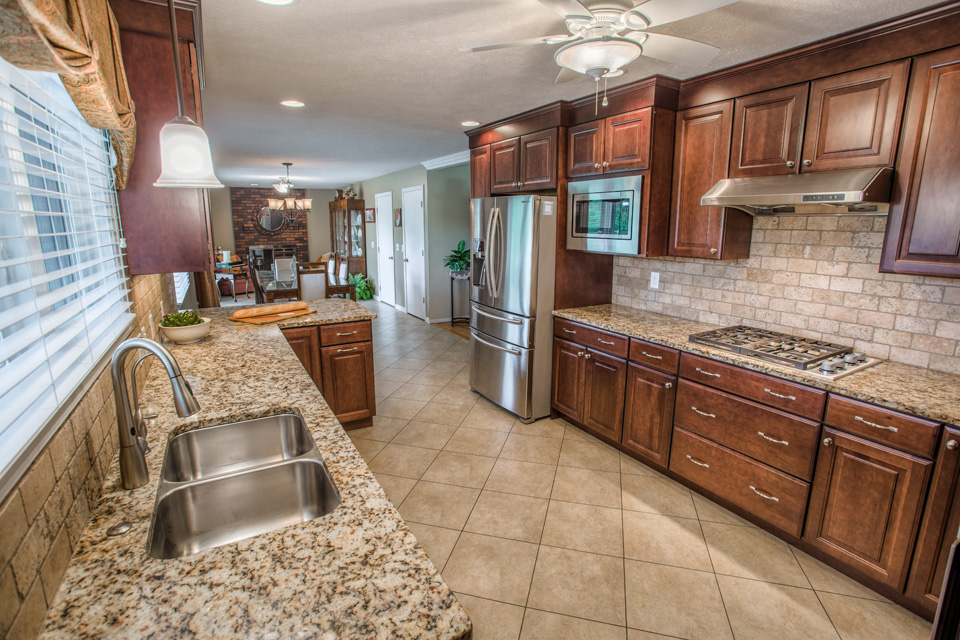
Inspired to design your own kitchen? Like the idea of incorporating a new kitchen island into your living space? Let the design professionals at Riverside Construction help you plan a space that is just right for you.
Not ready to pick up the phone, but would like to learn more? Sign up to attend our next Kitchen and Bath Seminar. We’d love to see you there!
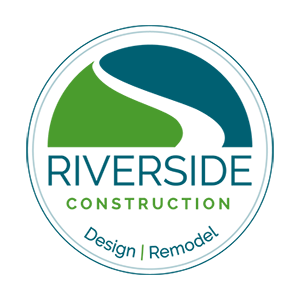
 The third annual Qualified Remodeler/GuildQuality customer satisfaction report offers new insights on cornerstone tactics for happy clients and highlights 60 remodeling firms leading the way—Andy Haste and Riverside Construction was one of them.
The third annual Qualified Remodeler/GuildQuality customer satisfaction report offers new insights on cornerstone tactics for happy clients and highlights 60 remodeling firms leading the way—Andy Haste and Riverside Construction was one of them.


